| __timestamp | FedEx Corporation | The Boeing Company |
|---|---|---|
| Wednesday, January 1, 2014 | 45567000000 | 90762000000 |
| Thursday, January 1, 2015 | 47453000000 | 96114000000 |
| Friday, January 1, 2016 | 50365000000 | 94571000000 |
| Sunday, January 1, 2017 | 60319000000 | 93392000000 |
| Monday, January 1, 2018 | 65450000000 | 101127000000 |
| Tuesday, January 1, 2019 | 69693000000 | 76559000000 |
| Wednesday, January 1, 2020 | 69217000000 | 58158000000 |
| Friday, January 1, 2021 | 83959000000 | 62286000000 |
| Saturday, January 1, 2022 | 93512000000 | 66608000000 |
| Sunday, January 1, 2023 | 90155000000 | 77794000000 |
| Monday, January 1, 2024 | 87693000000 | 66517000000 |
Unveiling the hidden dimensions of data
In the ever-evolving landscape of global commerce and aerospace, The Boeing Company and FedEx Corporation stand as titans. From 2014 to 2024, these industry leaders have navigated economic shifts, technological advancements, and global challenges. Boeing's revenue peaked in 2018, reaching approximately 101 billion, before experiencing a decline, notably dropping to around 58 billion in 2020. This reflects a 43% decrease, likely influenced by the global pandemic and its impact on the aviation sector. Meanwhile, FedEx demonstrated resilience, with a steady revenue increase of about 105% from 2014 to 2022, peaking at nearly 94 billion. This growth underscores FedEx's pivotal role in global logistics, especially during the e-commerce boom. As we look to 2024, Boeing's revenue shows signs of recovery, while FedEx maintains its robust performance. These trends highlight the dynamic interplay between aerospace innovation and logistics efficiency.
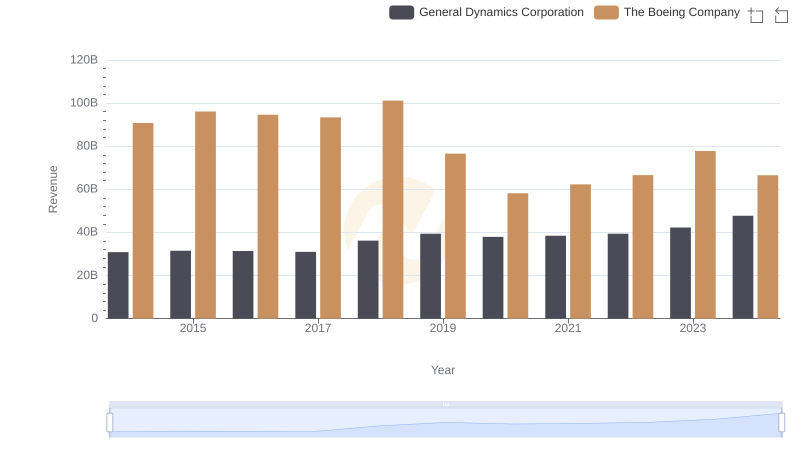
The Boeing Company and General Dynamics Corporation: A Comprehensive Revenue Analysis
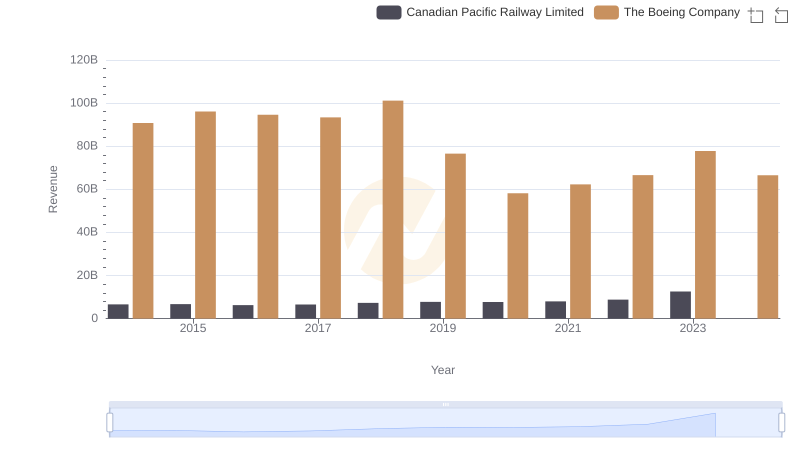
Comparing Revenue Performance: The Boeing Company or Canadian Pacific Railway Limited?
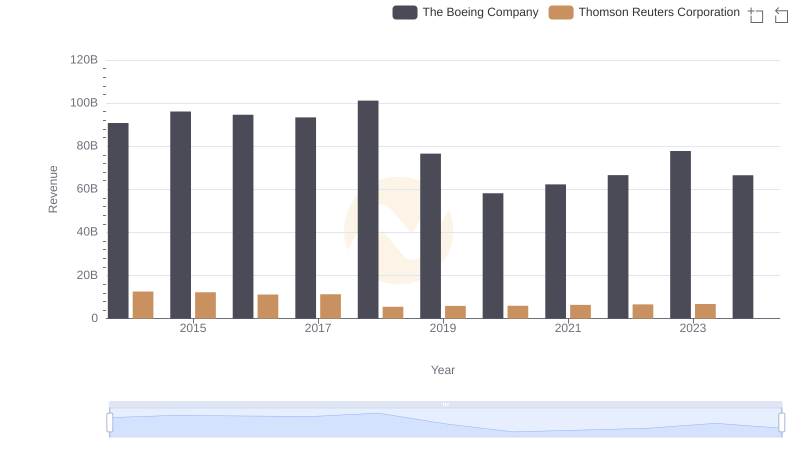
Annual Revenue Comparison: The Boeing Company vs Thomson Reuters Corporation
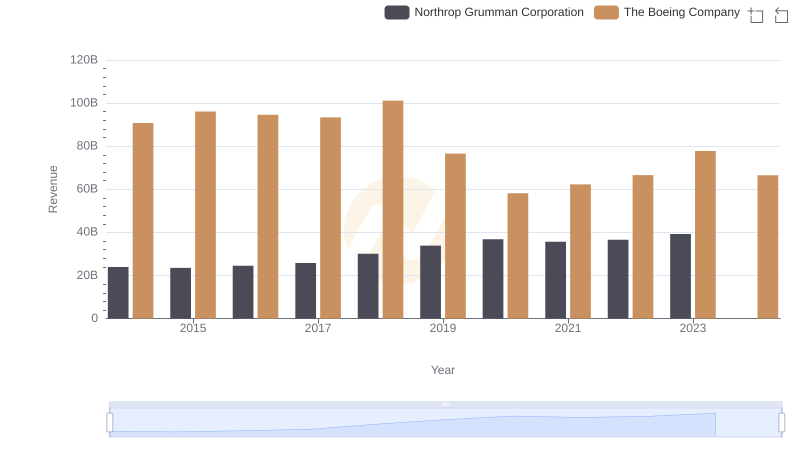
Who Generates More Revenue? The Boeing Company or Northrop Grumman Corporation
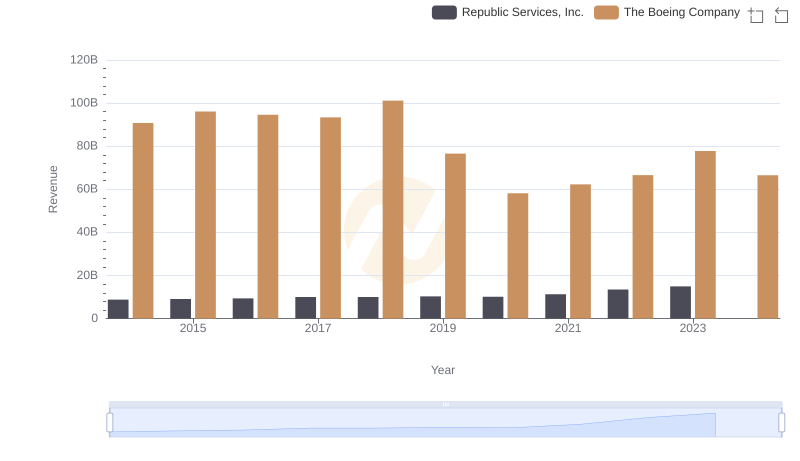
Breaking Down Revenue Trends: The Boeing Company vs Republic Services, Inc.
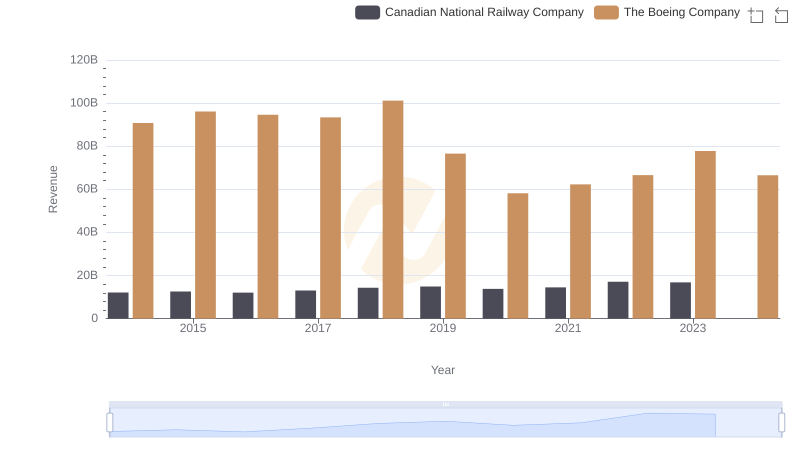
Comparing Revenue Performance: The Boeing Company or Canadian National Railway Company?
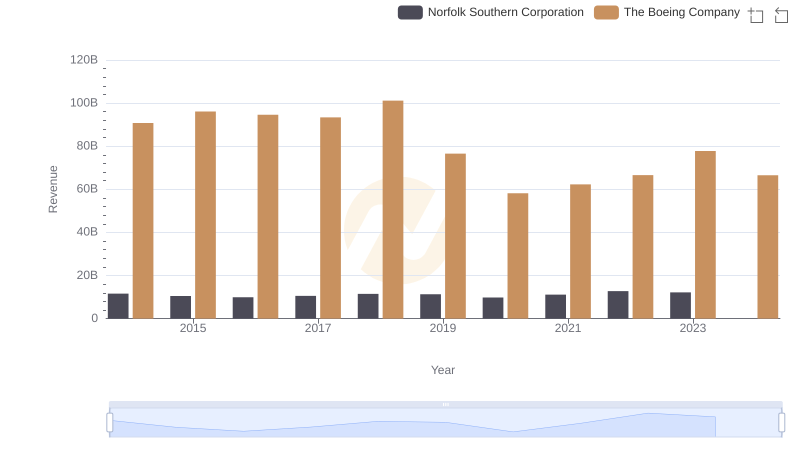
Who Generates More Revenue? The Boeing Company or Norfolk Southern Corporation
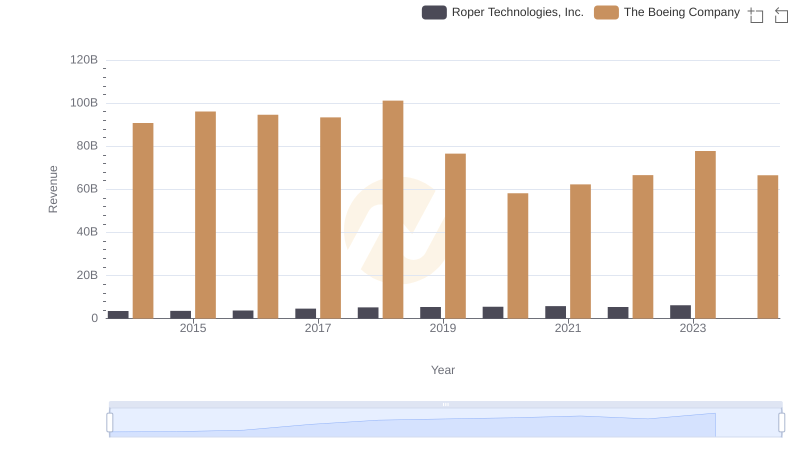
Revenue Insights: The Boeing Company and Roper Technologies, Inc. Performance Compared